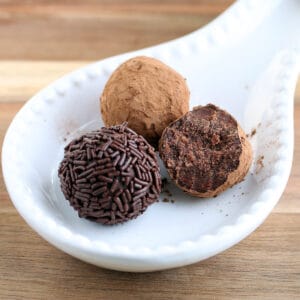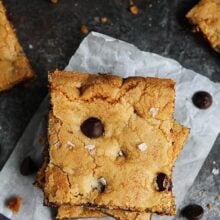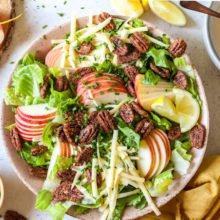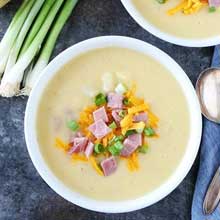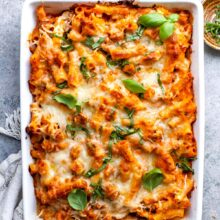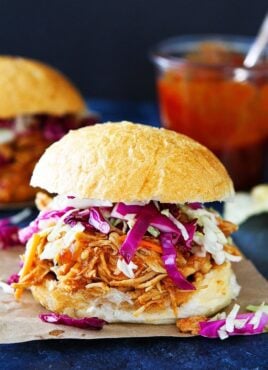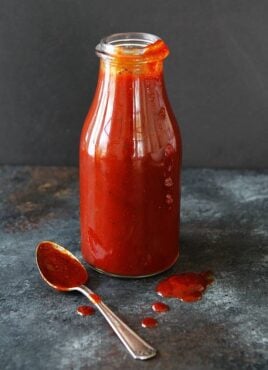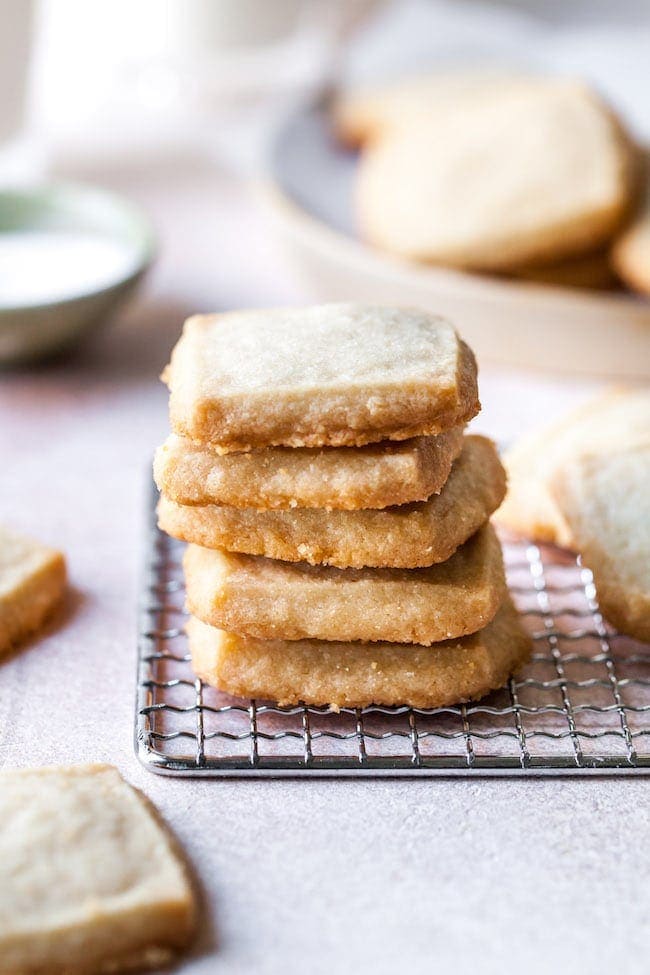Shortbread Cookies
Published on December 18, 2020
Quick Summary
Shortbread Cookies with that perfect, buttery, melt-in-your-mouth flavor! These cookies are golden brown with a slight crisp that makes them the ultimate shortbread cookie!
Pin this now to find it later
Pin ItShortbread Cookies are a Christmas cookie favorite! Don't get me wrong, I eat and love them year-round, but they're especially nostalgic in December. I bake a lot of cookies for the holidays and these are always on the list, along with my Toffee Shortbread. You can never bake too many cookies in December:)
I remember eating Walkers Shortbread at Christmas time when I was a kid, but then I learned how to make homemade shortbread cookies and believe me when I say homemade is even BETTER! The best part? You only need four ingredients that you've already got in your kitchen!
This shortbread cookie recipe comes from my friend Michelle's new cookbook, Weeknight Baking, which is filled with all things sweet.
I knew I had to try the shortbread cookie recipe because it is a classic cookie. Everyone NEEDS a good shortbread recipe and this is the BEST shortbread recipe I've made, nothing fancy, but PERFECT in every way!
What's the Difference between Sugar Cookies and Shortbread Cookies?
We're talking about two favorites here, folks! They're both delicious cookies, but different. Sugar cookies are lighter, while shortbread is dense. Shortbread is more rustic, while sugar cookies work best for cutting and decorating. Sugar cookies will have a leavening (baking powder or soda) while shortbread has a short and simple ingredient list.
Shortbread Cookie Ingredients
There are only four ingredients, so make sure you use the very best!
- Butter (unsalted!) – I like to splurge on European style butter for shortbread because it's richer in taste and higher in fat content. You really notice a difference!
- Flour-use all-purpose flour.
- Sugar-make sure you use granulated sugar, not brown sugar.
- Salt-Add just a little for flavor.
How to Make Shortbread
- Use COLD butter. Cut butter into small pieces, put it in a bowl, and pop it in the freezer while you prep everything else.
- Combine flour, sugar and salt. This only takes about 15 seconds.
- Add the butter at once and mix it on low for 3 minutes or so, until the dough begins to resemble coarse meal. We don't need all the butter broken up; there might still be pea-sized pieces throughout.
- Now we turn up the speed! Beat the dough until it starts holding onto the paddle or the sides of the bowl, 2-3 more minutes. Be careful because the dough could shoot out of the bowl! If you have a mixer cover or kitchen towel this could help keep things tidy in the mixing bowl.
Rolling the Dough
This part might seem finicky, but it's really pretty simple and will only take a few minutes!
- Drop the dough onto a piece of parchment paper cut to be about half the size of a half sheet pan and use your hands to shape it into a 6-inch square. It doesn't have to be exact, just eyeball it!
- Use a second sheet of parchment paper on top of the dough (creating a parchment paper sandwich) with dough in the middle.
- Flatten it out with a rolling pin (keeping it in between the parchment sheets!). Work by rolling from left to right, turning the dough 90 degrees every so often. This keeps the dough from cracking!
- If the parchment starts to wrinkle and leave creases in the dough, pull the sheet loose and smooth it before rolling the dough more. We want it silky smooth!
- Continue rotating and rolling until you have a 9-inch square of dough around ¼ inch thick. We'll be making 16 yummy cookies out of this square!
- Remove the top layer of parchment. Press a bench scraper against the sides of the dough to create straight edges.
Chill the Dough
Transfer the slab of cookie dough, still on the bottom layer of parchment, to a half sheet pan. Cover with the top layer of parchment once more and refrigerate for at least 2 hours, preferably overnight.
You HAVE to chill the dough, this step is very important. I like to chill the dough overnight so I make the dough one day and bake the next day. It's nice to break up the recipe, keeps things super simple!
How to Cut Shortbread
For best results, cut the shortbread into squares instead of using cookie cutters. This prevents overhandling of the dough, and I like the classic, almost rustic look of the squares. Save your cookie cutters for sugar cookies!
- Use a paring knife to slice the slab of dough in half lengthwise, then in half crosswise. You'll have four smaller pieces of equal size.
- Repeat the process with each of the smaller dough slabs until you have sixteen 2-inch-square cookies.
Baking Shortbread Cookies
- Place the cookies at least 2 inches apart on the prepared sheet pans and sprinkle remaining 2 tablespoons of granulated sugar evenly over each cookie.
- The dough should still be cool and firm to the touch. If it's not, chill both sheet pans in the freezer for at least 10 minutes before baking. Cold is best here!
- Bake one pan at a time (keeping the other pan in the refrigerator) for 15 to 17 minutes, or until the edges of each cookie are pale golden brown with small hairline cracks visible on their surfaces.
- For straight cookie edges, press a bench scraper against the side of each cookie right after pulling them from the oven.
- Cool the shortbread cookies on the pan on a wire rack for 20 minutes, or until the edges and bottoms of the cookies are set and feel firm to the touch.
- The cookies are fabulous plain, but if you want to drizzle them with chocolate or dip them in chocolate, go for it!
How to Store
Put shortbread cookies in an airtight container on keep on the counter for up to one week. The cookies keep longer than most cookies because they are supposed to be crisp. This is a great cookie recipe for shipping or making in advance because they hold up well.
How to Freeze Shortbread Cookies
You can freeze baked shortbread cookies. Place cooled cookies in a freezer container or freezer bag and freeze for up to 2 months.
You can also freeze unbaked shortbread cookies. Make the dough and cut out the cookies. Lay each cookie on a parchment paper-lined sheet pan; the cutouts can be fairly close together, but not touching or they will freeze together. Place a second layer of parchment paper over the first layer of cookies, and arrange a second layer of cookies on top. Wrap the entire pan in plastic wrap and freeze. Frozen unbaked cookie cut outs will keep in the freezer for up to 6 months.
When ready to bake, preheat the oven to 350 degrees F and bake as directed, you don't have to thaw the cookies before baking. You will need to add a few more minutes to the baking time.
More Cookie Recipes:
- Snickerdoodle
- Chocolate Crinkles
- Mexican Wedding Cookies
- Peanut Butter Blossoms
- Oatmeal Cookies
- White Chocolate Macadamia Nut
- No Bake Cookies
- White Chocolate Cranberry Cookies
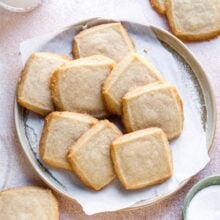
Shortbread Cookies
Ingredients
- 1 cup very cold unsalted butter
- 2 cups all-purpose flour
- ½ cup plus 2 tablespoons granulated sugar
- 1/4 teaspoon kosher salt
Instructions
Make and Roll the Dough:
- Cut the butter into 1- to 1 ½-inch pieces and place them in a small bowl. Freeze while you prep the rest of the ingredients.
- In the bowl of a stand mixer fitted with the paddle attachment, combine the flour ½ cup of the sugar, and the salt. Beat on low until just combined, about 15 seconds. Add the butter all at once and beat on low until the dough starts to resemble coarse meal, with pea-sized pieces of butter throughout, about 3 minutes. Increase the mixer to medium and beat until the dough clumps around the paddle and/or the sides of the bowl, 2 to 3 minutes. If necessary, use a mixer cover or kitchen towel while beating to prevent any pieces of dough from shooting out of the bowl.
- Tip the dough out onto a piece of parchment paper around the size of a half sheet pan and use your hands to shape it into a roughly 6-inch square. Place a second sheet of parchment paper over the dough, creating a parchment sandwich with the dough in the middle. Use a rolling pin to flatten the dough between the parchment sheets, working from left to right. Turn the dough 90 degrees and repeat every so often, doing so will prevent the dough from cracking as you roll it. If the parchment starts to wrinkle and leave creases in the dough, pull the sheet loose and smooth it before rolling the dough more. Continue rotating and rolling until you have a 9-inch square of dough around ¼ inch thick.
- Remove the top layer of parchment. Press a bench scraper against the sides of the dough to create straight edges. Transfer the slab of cookie dough, still on the bottom layer of parchment, to a half sheet pan. Cover with the top layer of parchment once more and refrigerate for at least 2 hours, preferably overnight.
Slice and Bake the Cookies:
- Position a rack in the center of the oven and preheat oven to 350 degrees F.
- Remove the sheet pan of dough from the refrigerator. Use the overhanging parchment as handles to carefully lift the slab of dough off the sheet pan and onto a cutting board. Peel the top layer of parchment from the slab and use it to line the sheet pan once more. Line a second half sheet pan with parchment as well.
- Use a paring knife to slice the slab of dough in half lengthwise, then slice each portion in half crosswise. You should have four smaller dough slabs of equal size. Repeat the process with each of the smaller dough slabs until you have sixteen 2-inch-square cookies. Place the cookies at least 2 inches apart on the prepared sheet pans. Sprinkle remaining 2 tablespoons of sugar evenly over each cookie. The dough should still be cool and firm to the touch. If not, chill both sheet pans in the freezer for at least 10 minutes before baking.
- Bake one pan at a time (keeping the other pan in the refrigerator) for 15 to 17 minutes, or until the edges of each cookie are pale golden brown with small hairline cracks visible on their surfaces. For straight cookie edges, gently press a bench scraper against the side of each cookie immediately after removing the cookies from the oven. Cool the cookies on the pan on a wire rack for 20 minutes, or until the edges an bottoms of the cookies are set and feel firm to the touch. Repeat to bake the remaining cookies. Serve warm or at room temperature.
Notes
Nutrition
Have you tried this recipe?
Leave a comment below and share a photo on Instagram. Tag @twopeasandpod and hashtag it with #twopeasandtheirpod
Photos by Dishing Out Health


